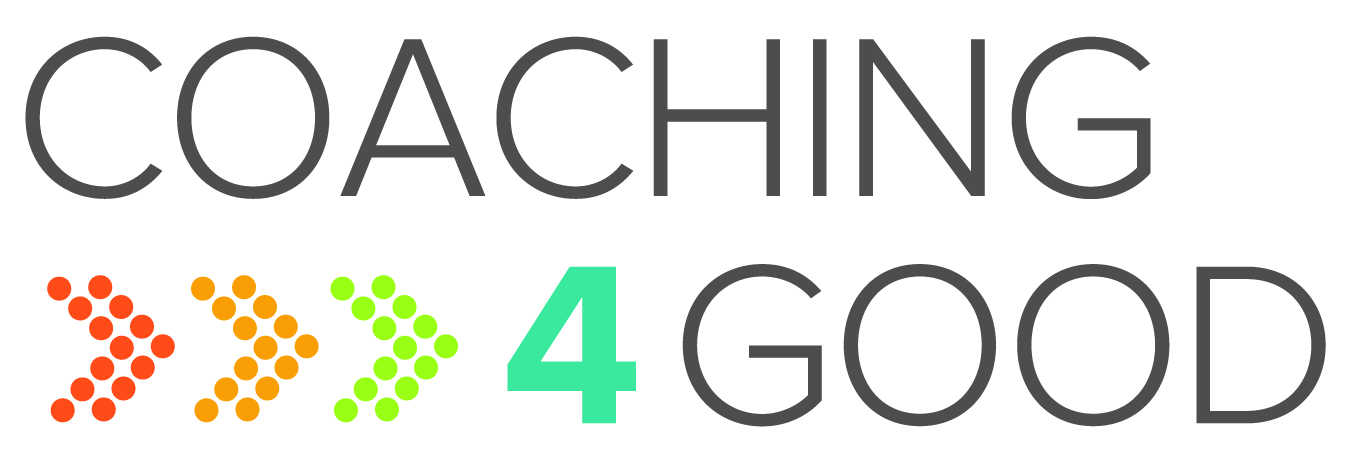
I was speaking to a friend of mine recently about employee engagement and organizational culture. He is an executive at a small company in Austin and was talking about how happy and engaged his employees are. He and his other executive team members worked hard to create their culture and take pride in what they accomplished.
How do you know your employees are satisfied?
Because this is my nature (and I sometimes can’t stop myself), I pushed him on his comment.
I asked him: “How do you know they are happy?”
He answered: “They appear happy, there are few complaints to their managers, they have a low attrition rate and their production level is high.”
Are you listening to your employees?
All these signs indicate to him that his employees are engaged and happy. I shared with him a phrase I recently heard, “it doesn’t have to be bad to be better.” With that notion, I asked him,
“In what ways would your employees like to develop professionally and personally?”
He mentioned that the employees have monthly 1:1 meetings with their managers, but he is unsure if those questions are asked. I also asked him,
“What suggestions do the employees have to improve the organization, culture, and working environment?”
He was a bit stumped and said that he knows this topic is brought up often in informal conversations. I asked him my final question before letting him off the hook,
“What is your plan to make sure your employees continue to be engaged?”
He told me in all honesty, that he doesn’t have an actual plan for that because, up to this point, the strong culture they built had created the strong engagement. Because this is also in my nature, he walked away from our conversation with homework. He is going to think more about the questions I asked and find ways to address them in this organization.
Having strong employee engagement is great for everyone. The employees enjoy coming to work and find it fulfilling. Plus, they produce better products/services for the organization. Even if it is strong, you don’t want to take your eye off of the employee engagement ball. Do that by asking yourself these questions:
- How strong is your employee engagement?
- If it isn’t strong, how can you begin talking to your employees to hear their ideas? If it is strong, how can we continue to improve our employee engagement?
- What are we putting in place to ensure our employee engagement stays strong?
All important questions that may get overlooked especially if nothing seems wrong. There’s no need to wait until your employee engagement is poor to start trying to make it better. Let me know how you’re listening to your employees in the comments below!

Michelle Poole
Michelle Poole is a dynamic certified executive coach and co-owner of Coaching 4 Good. She is passionate about re-invigorating the hearts and minds of those she works with to help increase their personal and organizational impact. Get started today by scheduling your free consultation!








Stay In Touch